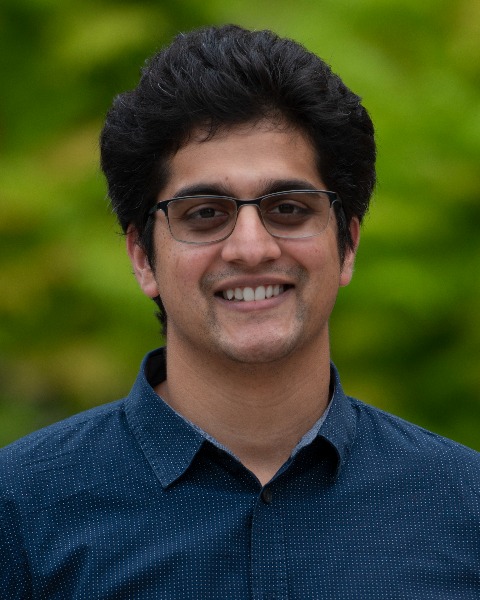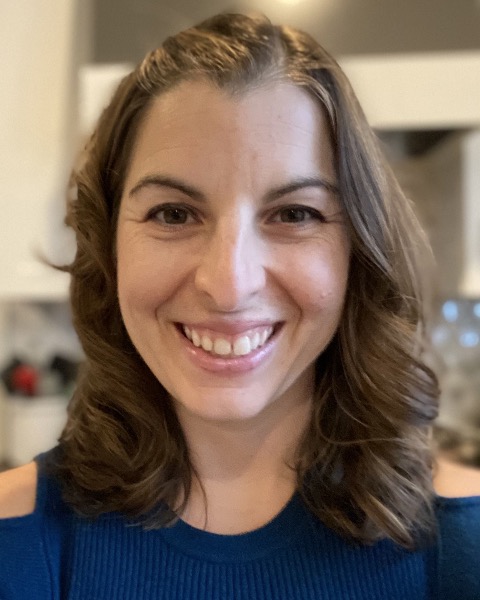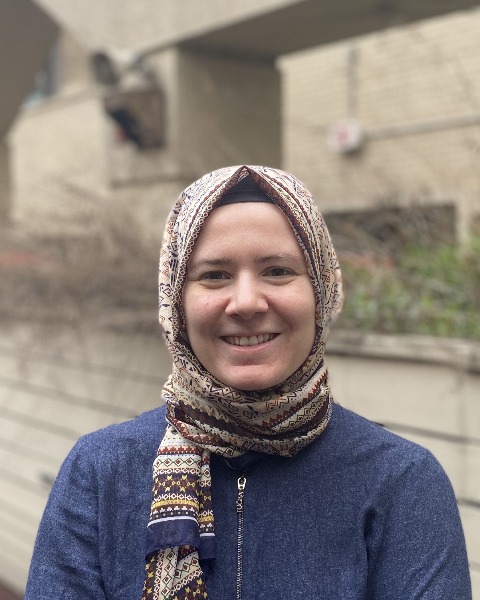Sedation Medicine
Mitigating Procedural Pain and Anxiety
-

Haroon Ali, MD (he/him/his)
Pediatric Hospital Medicine Fellow
American Family Children's Hospital
Madison, Wisconsin, United States -
KT
Kristin Tiedt, MD
Assistant Professor
Pediatrics
University of Wisconsin School of Medicine and Public Health
University of Wisconsin School of Medicine and Public Health
Madison, Wisconsin, United States -
AL
Anna Lin, MD
Clinical Associate Professor
Stanford University
Mountain View, California, United States -
.jpg)
Jaimee Holbrook, MD (she/her/hers)
Assistant Professor
University of Chicago, United States -

Rebecca Burger, MD (she/her/hers)
Assistant Professor of Pediatrics and Emergency Medicine
Emory University School of Medicine/Children's Healthcare of Atlanta
Atlanta, Georgia, United States -

Emine Tunc, MD (she/her/hers)
Pediatric Emergency Medicine Fellow
Seattle Children’s Hospital
Seattle, Washington, United States -
.jpg)
Normaliz Rodriguez, MD
Medical Simulationist / Pediatric Emergency Medicine Physician
Johns Hopkins All Children's Hospital
St. Petersburg, Florida, United States
Leader(s)
Co-Leader(s)
Workshop
Description: Performing a procedure that involves significant pain or requires motion control in a pediatric patient requires many considerations. Even routine procedures can leave lasting impressions on patients and families if not handled with care. The use of adjunctive medications and techniques before, during, and after a planned procedure can be the difference between a traumatic experience and a positive one for patients, caregivers, and providers. Adjuncts can range from simple distraction techniques or local anesthetics to more resource heavy options such as pet therapy, virtual reality, or alternative intake and discharge processes.
Upon completion of this workshop, providers will come away with an evidence-based toolkit of adjunctive techniques to mitigate procedural pain and anxiety which can be applied in various clinical scenarios, including both high and limited resource settings. Through small group discussions and case-based problem solving, we will review the most effective medications and techniques as well as the supporting literature.
Learning Objectives:
- Identify clinical situations and procedures that are prone to inducing trauma to pediatric patients
- Describe the evidence behind adjunctive techniques and medications to mitigate procedure related pain and anxiety
- Identify ways to apply evidence-based procedural adjunctive techniques in their home institution
